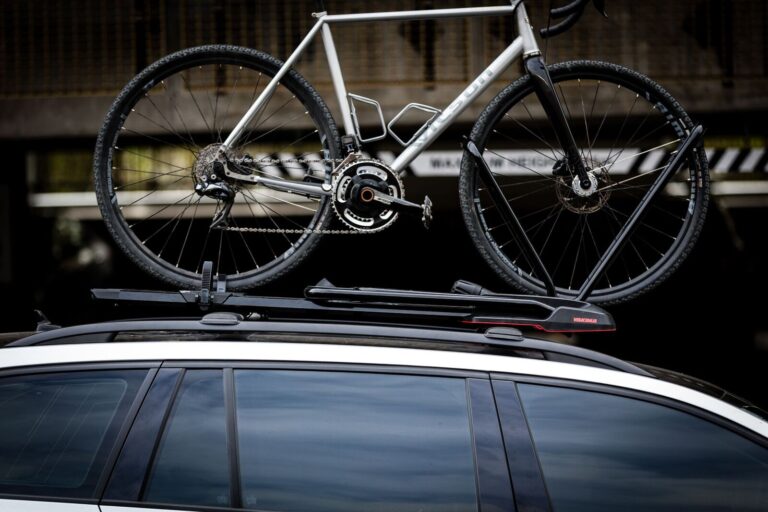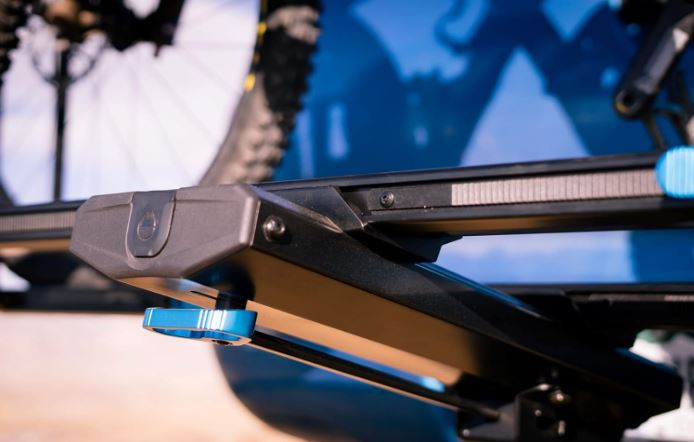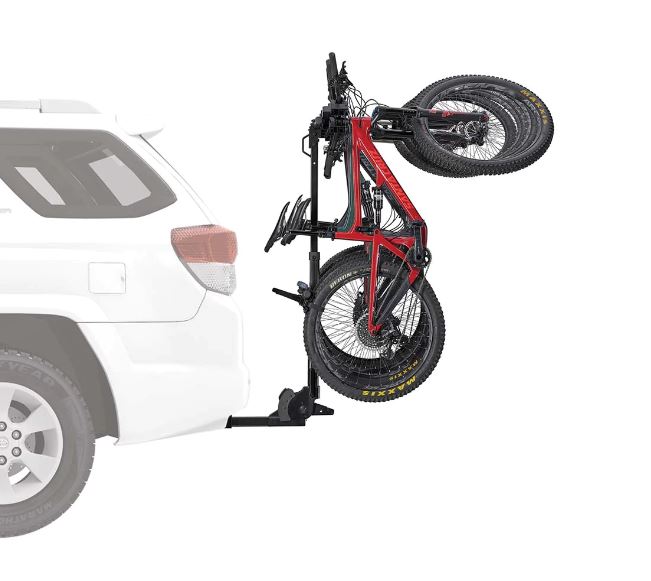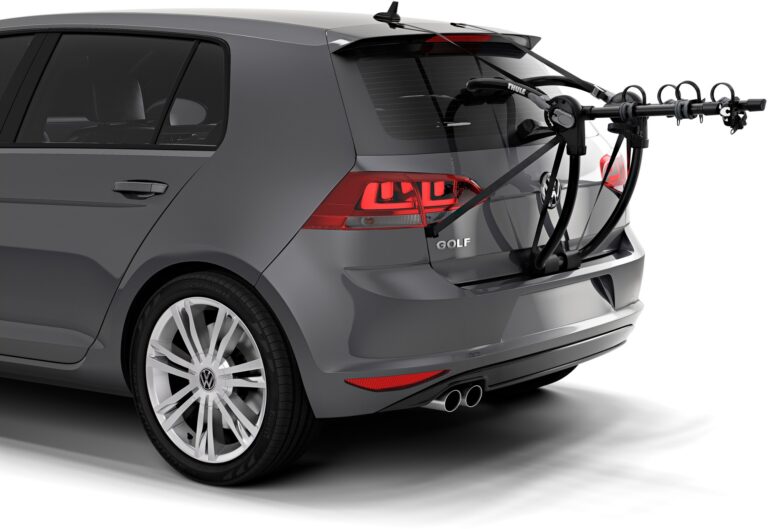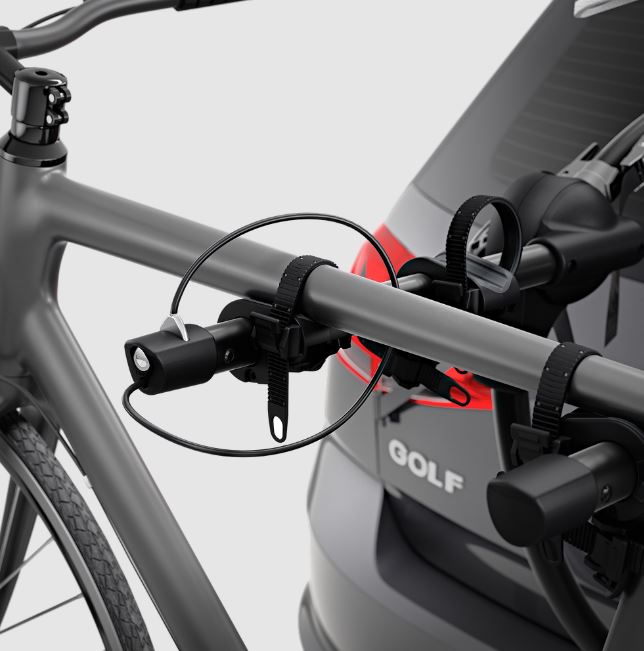Folding vs Non-Folding Bike Racks: A Comparison

Key Point Summary of Folding vs Non-Folding Bike Racks:
- Folding Bike Racks: Offer enhanced portability and storage solutions, typically featuring a design that allows them to be compacted when not in use.
- Non-Folding Bike Racks: Provide a sturdy, often more permanent solution for transporting bikes, usually fixed in design and size.
- Storage: Folding racks offer a clear advantage in terms of easy storage when not in use.
- Portability: Folding racks are generally more portable, facilitating easier handling and transport.
The journey from a novice cyclist to a seasoned rider involves many decisions, not least of which is how to transport your bike safely and efficiently. Over years of racing and riding across different terrains, one key lesson learned is the importance of choosing the right bike rack. In this exploration, we delve into the nuances of folding vs. non-folding bike racks, highlighting their respective benefits and considerations regarding storage and portability.
Understanding Folding Bike Racks
Folding bike racks are designed with convenience in mind, catering to cyclists who value ease of storage and transport. These racks can be folded down to a more compact size, making them an excellent choice for riders with limited storage space or those who frequently travel with their bikes. The ability to fold the rack away when it’s not attached to your vehicle minimizes its footprint in your garage or storage area, offering a neat solution that keeps your space uncluttered.
The Case for Non-Folding Bike Racks
On the other side of the spectrum, non-folding bike racks are valued for their robustness and often offer a higher weight capacity or additional stability compared to their folding counterparts. These racks are suited for cyclists who prioritize durability and may not need to remove or store their racks frequently. Non-folding racks are typically straightforward to install, providing a ready-to-go solution that’s always attached to your vehicle, saving time for those spontaneous rides.
Storage Solutions and Considerations
When it comes to storage, folding bike racks clearly have the upper hand. Their compact design when folded allows for easier storage in tight spaces, a feature particularly appreciated by those living in apartments or homes with limited storage. However, it’s worth noting that the durability and security of a rack should not be compromised for the sake of storage convenience. Non-folding racks, while requiring more space, often offer a set-and-forget type of reliability.
Portability and Everyday Use
For cyclists who travel to races, enjoy exploring new trails, or need to frequently transport their bikes, the portability of a bike rack becomes a significant factor. Folding bike racks typically weigh less and are easier to handle, making them a preferable option for those who value ease of transport. They can be quickly removed, folded, and transported inside the vehicle or stored away, providing flexibility for cyclists on the go.
Making the Right Choice
Deciding between a folding and non-folding bike rack ultimately comes down to personal preferences, lifestyle, and cycling needs. If you’re a cyclist who values convenience, frequently travels with your bike, or has limited storage space, a folding bike rack might be the ideal choice. Conversely, if you prioritize durability, plan to carry heavier bikes, or don’t mind leaving the rack on your vehicle, a non-folding rack could be more suitable.
Folding vs Non-Folding Bike Racks: In Conclusion
Both folding and non-folding bike racks have their merits, playing pivotal roles in how we transport our bikes. As cycling continues to be a significant part of my life, understanding and choosing the right type of bike rack has been crucial in facilitating my adventures, whether hitting local trails or traveling to distant races. Regardless of your choice, ensuring the safety and security of your bikes during transport should always be the priority. By carefully considering your specific needs and preferences, you can select a bike rack that not only meets but enhances your cycling experience.

Kuat NV 2.0 rack is known for its robust construction, ease of use, and the following features:
- Adjustable Cradles: It accommodates a wide range of bike sizes and styles, including fat bikes with optional adapters.
- Integrated Cable Locks: Offers added security with integrated cable locks to secure bikes to the rack.
- Trail Doc: Includes a built-in repair stand for quick fixes on the go, enhancing its appeal to serious cyclists and enthusiasts.
- Tilt Mechanism: Allows for easy rear vehicle access without needing to remove the bikes.
- Folding Design: Folds up when not in use for storage and parking convenience.
The Kuat NV 2.0 is celebrated for its durability, design aesthetics, and additional features that cater to cyclists looking for a high-quality, reliable folding bike rack.
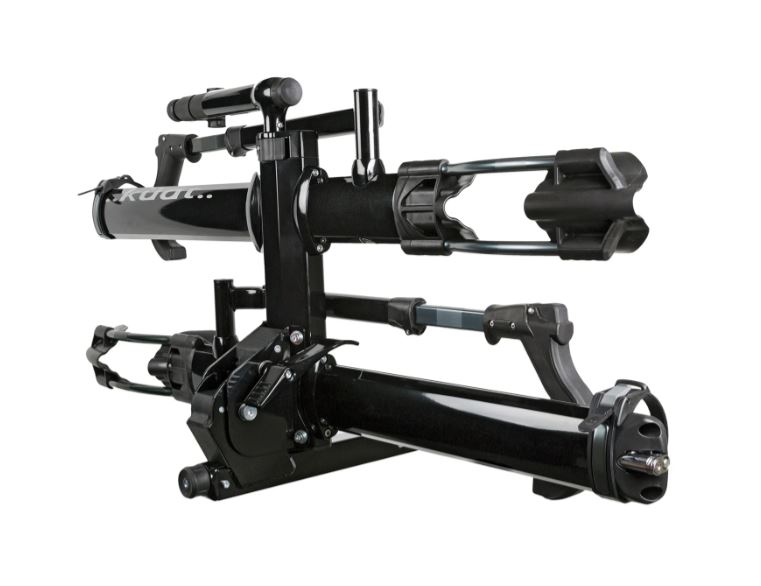
FAQ
Are hitch mounted carriers safe?
Yes, hitch-mounted carriers are generally safe when properly installed and used according to the manufacturer’s guidelines, ensuring bikes or cargo are securely attached.
Do hitch cargo carriers affect gas mileage?
Yes, hitch cargo carriers can affect gas mileage due to increased aerodynamic drag, especially with larger or improperly loaded carriers.
What is a hitch carrier?
A hitch carrier is an attachment that connects to a vehicle’s hitch receiver, allowing for the transportation of bikes, cargo, or other items outside the vehicle, providing extra storage space without impacting interior passenger or cargo room.
Safe travels!
John
